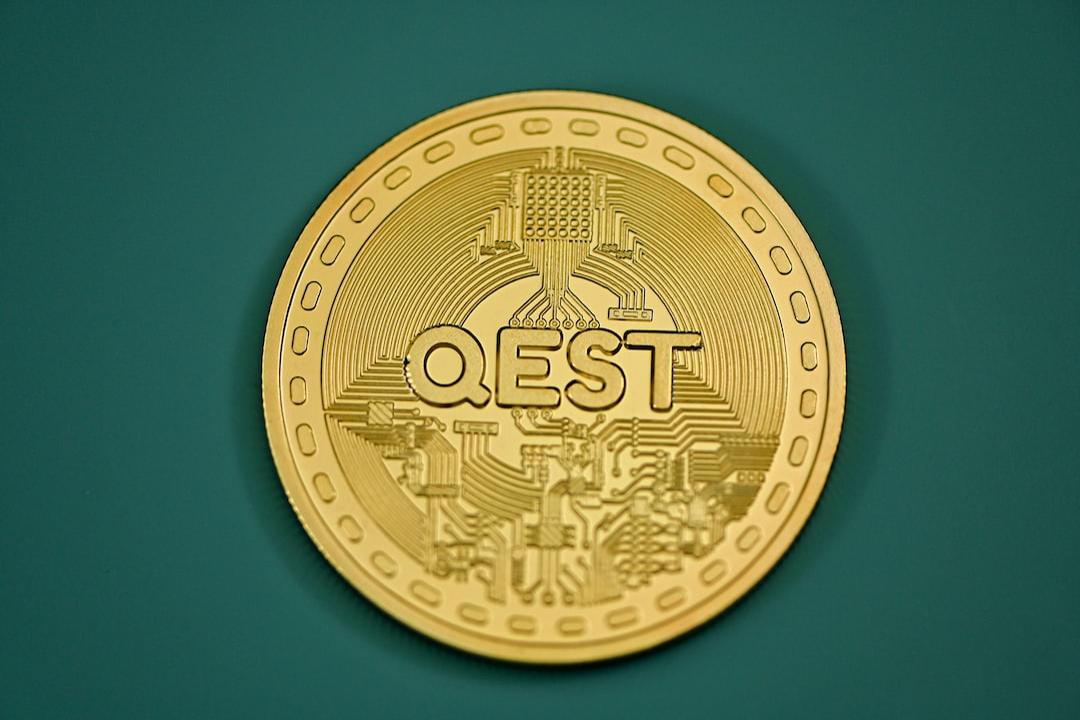Attracting Traders to Sui Network’s Perp DEX: The Key Lies in Incentives
To attract traders to switch to Sui Network’s Perp DEX, it may require not only technological innovations but also highly appealing incentive mechanisms. This article is sourced from a piece written by 0xShinChan, a crypto KOL, and organized, compiled, and written by Felix, PANews.
(Background: The heat of Sui ecosystem surges! BOBA DAO collaborates with Sui Foundation to hold a “Taipei Water Party” community gathering).
(Context: Delphi Digital: In-depth analysis of Sui’s Q1 ecosystem development).
The post-FTX era has profoundly altered the trading landscape, driving a surge of users towards decentralized perpetual contract exchanges (Perp DEX). The daily trading volume on these platforms now often exceeds $30 billion, demonstrating a significant demand for decentralized derivatives.

However, the fragmented nature of early Perp DEX platforms was often hindered by the usability of UI/UX, liquidity depth, and the reliability of price feeds, obstructing widespread adoption. Starting in 2024, the market landscape began to shift, marked by the emergence of innovative models such as GMX PVP and dYdX order books. Currently, lending, DEX, and yield trading protocol teams on Sui Network are enriching their product lines, including perpetual contract trading.
Advantages of Sui in Perp DEX
Sui actually offers several compelling features that make it a strong contender for building a perpetual DEX.
- High-performance low-latency: Sui’s parallel transaction processing enables high throughput and low latency, which is crucial for efficient order matching and a seamless trading experience on DEX.
- Object-oriented data model: Sui’s unique data model supports efficient storage and parallel processing of account and asset data.
- zkLogin for seamless onboarding: The zkLogin feature simplifies the onboarding process for users, allowing them to create accounts using familiar Web2 credentials, reducing barriers for new traders.
- Sponsorship trading: Sui’s sponsorship trading feature can lower user costs and enhance the overall trading experience.
Here are some early builders on Sui:
- Bluefin
- Astros, supported by NAVI Protocol
- Aftermath Finance
- Typus Finance GLP trading model
- Kriya is also set to launch its Perp DEX soon.

Before delving into each one, here’s a comprehensive comparison table.

Comparative Analysis of Various Protocols
Below, we will compare and study each protocol, analyzing their trading characteristics, protocol mechanisms, and performance.
Bluefin
As a veteran Perp DEX on Sui, Bluefin combines a fast-matching off-chain order book with a secure on-chain settlement engine. The protocol’s liquidity is managed by professional market makers (MM):

Utilizing Sui’s parallel transaction processing capabilities, Bluefin boasts extremely low order execution latencies and rapid on-chain finality (under 500 milliseconds). Furthermore, it supports nearly all perpetual contract assets on Sui, covering a wide range, including $DEEP, $WAL, and $TRUMP.
Bluefin’s 24-hour perpetual contract trading volume ranges between $40 million and $70 million, indicating a high level of activity on the platform. The BTC-PERP trading pair typically accounts for the largest share of daily trading volume (approximately 60%), followed by SUI-PERP and ETH-PERP. According to Defi Llama data, the annual fees generated are approximately $4 million.

The UI/UX is excellent. Users can utilize the trading view feature, and the interface is clear, containing all necessary information. Notably, Bluefin’s zkLogin integration is supported by Sui, simplifying the user onboarding process and eliminating the complexities of wallets and mnemonic phrases.
Aftermath (Testnet)
Aftermath launched its Perp DEX testnet in November 2024. It operates entirely on-chain, differing from many Perp DEX platforms that rely on off-chain order book matching; Aftermath places the entire order book on-chain. Since it is still in the testnet phase, statistical data is limited.
Aftermath focuses on enhancing the liquidity/TVL of its DEX and existing liquidity pools. Potential future incentives and the official release of the Perp DEX may occur later.
Astros (Beta)
Astros is a DEX aggregator + Perp DEX built by the NAVI Protocol team. Like Bluefin and Aftermath, NAVI Protocol also employs an order book mechanism in its Perp DEX. Due to its current testing phase, details about the collaborating market makers (MM) and specific mechanisms are not extensive. Its 24-hour trading volume reaches $300 million, likely fueled by its ongoing trader incentive program.
Typus Perp
Typus Finance launched its GMX-style Perp DEX about two weeks ago. According to Defi Llama data, the 24-hour trading volume is approximately $200,000, and the TVL of the TLP pool exceeds $700,000.
The assets in the TLP pool include $SUI, $USDC, $DEEP, and $LBTC, with an APR currently exceeding 100%.

Observations and Conclusions
The Rise of Order Books: The Sui Perp DEX ecosystem currently shows a clear inclination towards the order book model, evident both in the design choices of protocols and their dominance in trading volumes. This suggests that the order book mechanism either possesses intrinsic applicability within Sui’s framework or has garnered market recognition among its user base.
Asset Scarcity and the Allure of Memes: The range of assets supported by Sui Network’s Perp DEX is noticeably limited, representing potential opportunities. If a protocol can quickly embrace the highly volatile yet lucrative memecoin trading domain (which has a growing cultural foundation on Sui), leveraging the inherent speculative nature of these assets could drive platform trading volumes upward.
The Necessity of Early-stage Development and Incentive Mechanisms: Compared to the mature and highly liquid Perp DEX ecosystems on EVM and Solana, Sui’s cumulative trading volume and TVL are still in their infancy. Given the existing functionality set and available features of these alternative chains, attracting traders to switch to Sui Network’s Perp DEX may require not just technological innovations, but also highly compelling incentive mechanisms that could be the key to attracting speculative capital and driving significant growth in the Perp DEX ecosystem.



